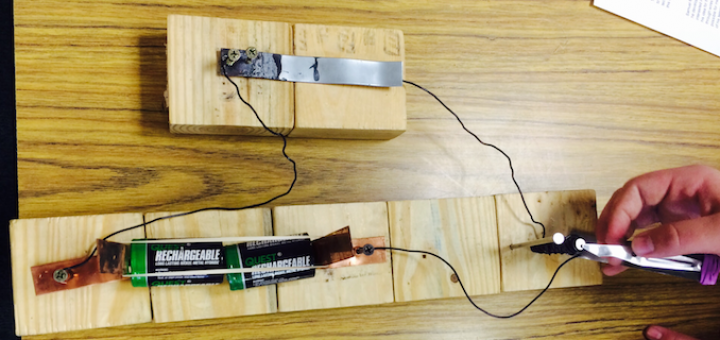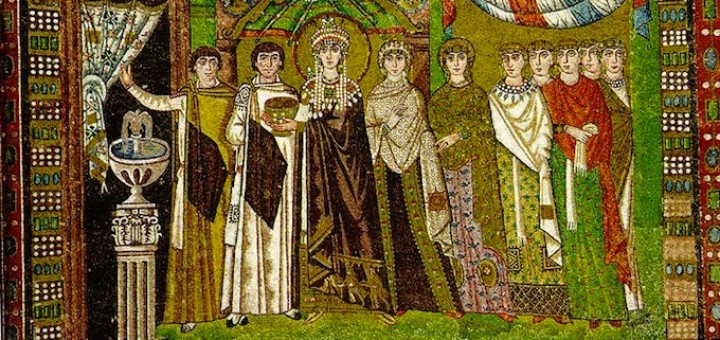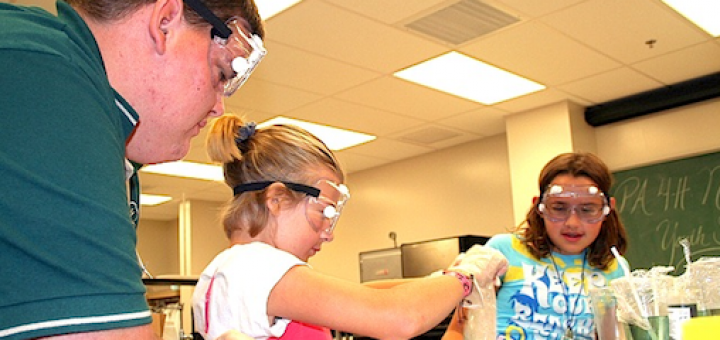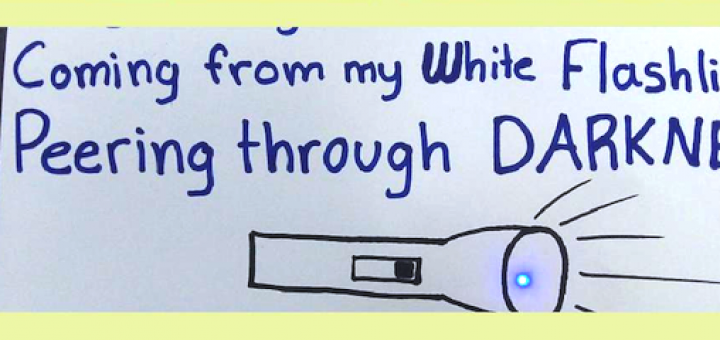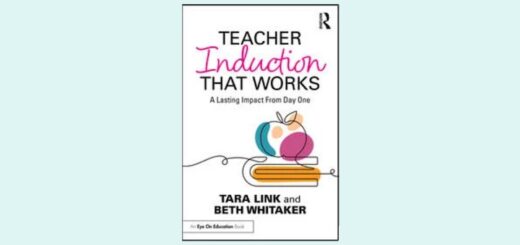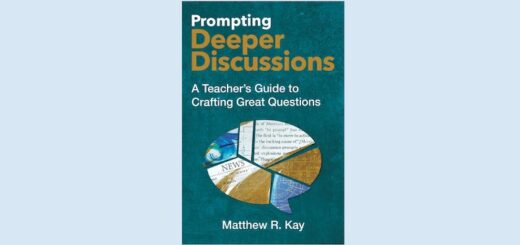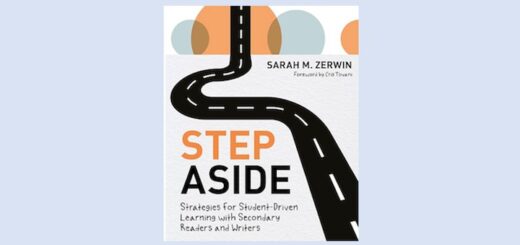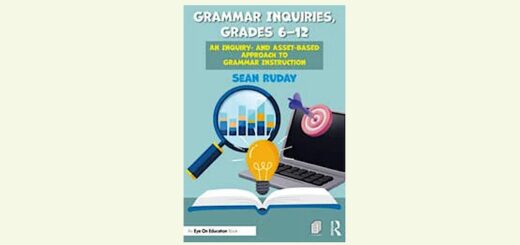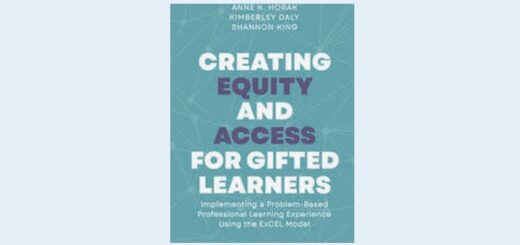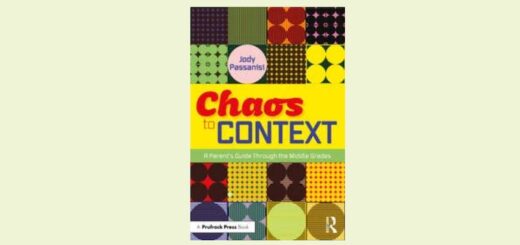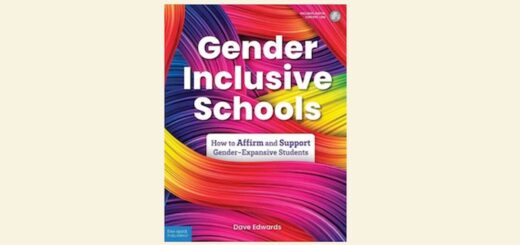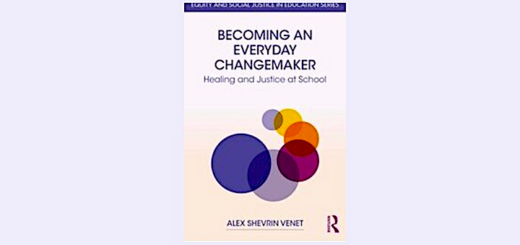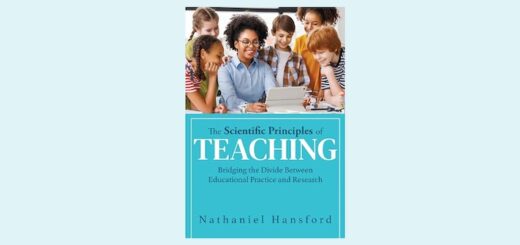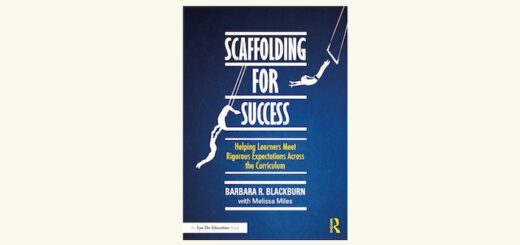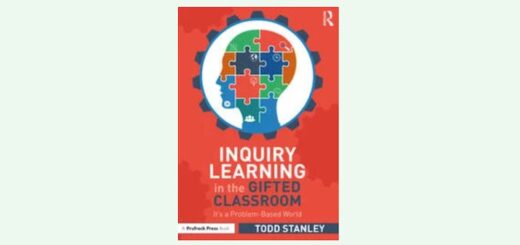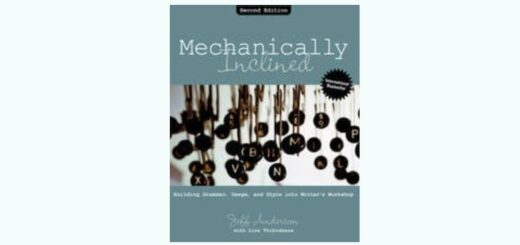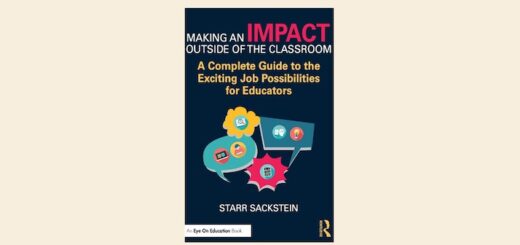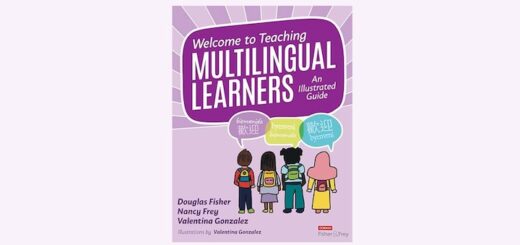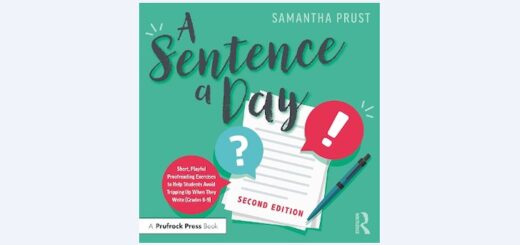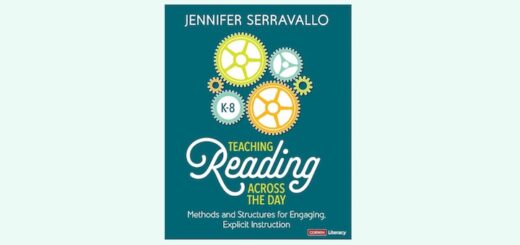Teaching and learning in grades 4-8
Students in Jody Passanisi’s inquiry-driven Civil War technology unit see the value of grit firsthand as they attempt to build a simple telegraph. After some setbacks, the messages travel the wires, and the kids get a taste of self-efficacy. The teacher’s challenge: Letting them struggle.
Loaded with ideas for blending fun and joy into the serious business of learning, the new book Serious Fun: Practical Strategies to Motivate and Engage Students is easy to read and ready to use in the classroom, says reviewer Laura Von Staden.
Middle level students want to know how their studies relate to their lives, writes teacher-author Sarah Cooper. “The history we teach reaches them best when it involves novelty, humor, meaning, a sense of self, and a connection to the real world.”
Elizabeth Stein constantly searches for professional development opportunities to strengthen co-teaching. Her district offers excellent PD, and she values virtual colleagues she’s found online. Lately her favorite PD comes with her own hashtag: #coteachat.
STEM doesn’t deserve some of the fallout that’s pummeled it of late. What’s an education initiative devoted to correcting deficiencies in education to do? Anne Jolly takes on some of the jaw-dropping attacks and works to set the record straight.
When sixth grade ELA teacher Kevin Hodgson’s students were asked to help pilot new paper circuitry learning tools developed at the MIT Media Lab, they chose to illuminate haiku poems about light. The technology draws on the work of Jie Qi, a mechanical engineer and MIT doctoral student known for her work with electrified paper.
Organized and user friendly, Professional Learning in the Digital Age by Kristen Swanson provides educator cases, face-to-face protocols, research snippets and to-do lists to help teachers move through the process of developing their PLN, says reviewer Nicole Miller.
Common Core Reading Lessons: Pairing Literary and Nonfiction Texts to Promote Deeper Understanding is a winner! Authors O’Reilly and Stooksbury take a positive, practical approach for dealing with the CCSS’s emphasis on nonfiction, says reviewer Anne Anderson.
The Common Core Writing Book: Lessons for a Range of Tasks, Purposes, and Audiences by Gretchen Owocki provides quick, practical strategies closely aligned with each of the standards, says reviewer Linda Biondi. A sure winner in grades 4 & 5!
Teachers who let students choose their own research paper topics are often overwhelmed by all the activity and material – and end up with poor results. Consultant Sarah Tantillo suggests adapting the Document-Based Question (DBQ) Approach instead.

